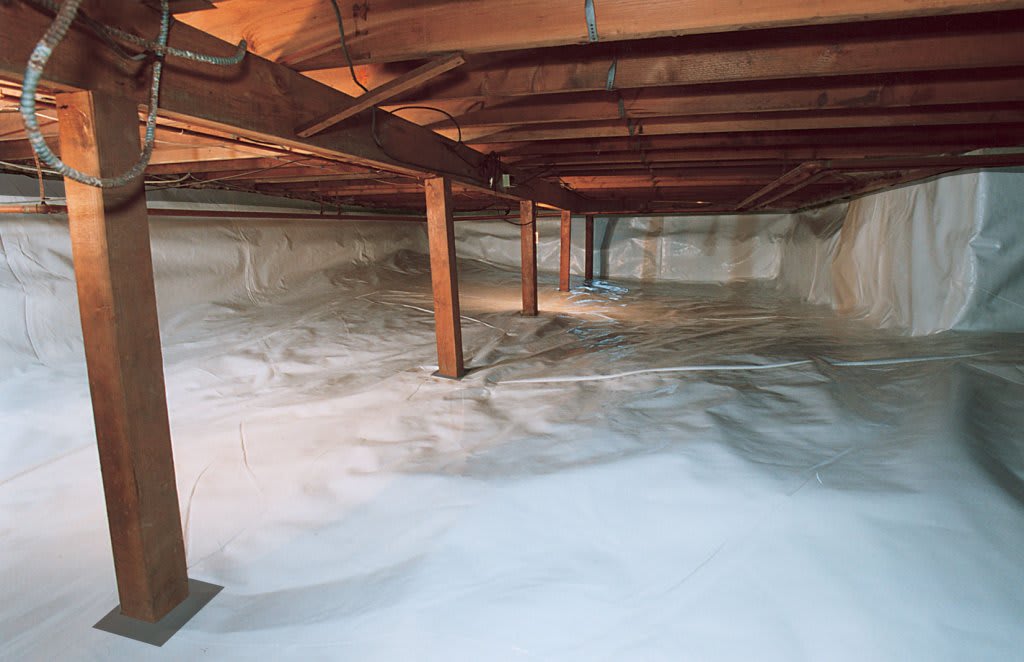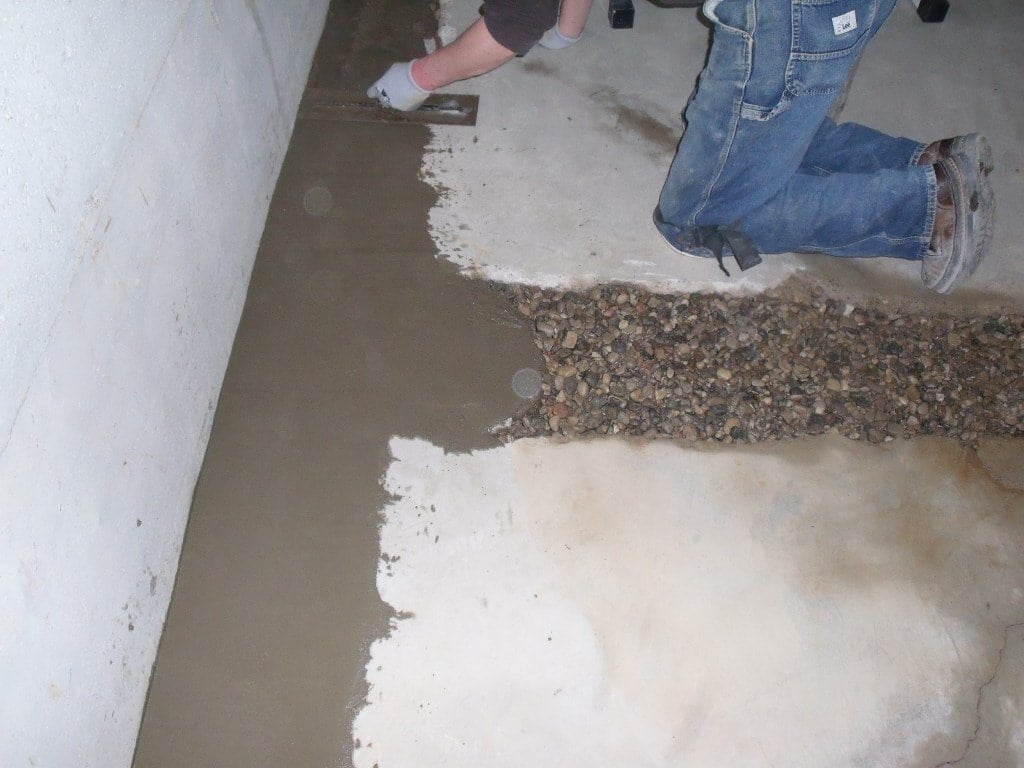Basement Leak Repair Toronto: Expert Solutions for a Dry Basement
Basement Leak Repair Toronto: Expert Solutions for a Dry Basement
Blog Article
Proven Methods for Reliable Basement Leak Fixing and Prevention
Attending to cellar leaks effectively needs both a critical approach and an understanding of tested methods. The first step includes a careful examination to determine the precise resources of dampness intrusion. This is complied with by utilizing high-grade sealants and hydraulic cement to seal fractures, amongst various other fixing methods. However, prevention is similarly vital; keeping correct water drainage systems and regulating indoor humidity are vital components. Consideration must also be provided to ongoing monitoring and prompt upkeep. What are the crucial techniques that make sure these options not just repair work however also prevent future leaks, inevitably maintaining your cellar's stability?
Identifying Basement Drip Sources
Identifying the resources of basement leakages is an important action in efficiently attending to and stopping water damage. A thorough analysis starts with checking out both the exterior and interior of the home. On the surface, inadequate drainage systems, such as malfunctioning seamless gutters and downspouts, can bring about water merging near the foundation, enhancing the danger of infiltration. Additionally, landscape grading that slopes towards the structure exacerbates this problem, enabling water to move directly to the cellar walls. Internally, cracks in the structure wall surfaces or floors prevail wrongdoers, often resulting from hydrostatic pressure accumulation or architectural settling over time.

Vital Devices and Materials
Repairing cellar leaks successfully needs a well-stocked toolkit and the appropriate products to make certain resilient services. An essential tool is a top notch caulking gun, which enables for specific application of sealers around cracks and joints.
A trustworthy wet/dry vacuum is important for at first removing water from the basement, permitting a dry workplace. Furthermore, a dampness meter is important to assess the moisture degrees before and after repairs, guaranteeing that wetness issues are appropriately solved. Top-quality waterproofing sealers or membranes are vital for avoiding future leaks, developing a robust obstacle against water intrusion.
Security ought to not be neglected; protective equipment such as handwear covers, goggles, and a mask are important to safeguard against dirt and chemicals. Ultimately, an energy blade and wire brush are indispensable for prepping surface areas to guarantee ideal attachment of spots and sealers. These tools and products prepared for reliable basement leakage fixing, boosting sturdiness and strength against future water damage.
Step-by-Step Repair Strategies
With the essential tools and materials available, dealing with cellar leaks involves a systematic strategy to ensure effective repairs. Begin by identifying the leak's source, which often requires an extensive examination of wall surfaces, floorings, and possible access points for moisture. As soon as recognized, tidy the damaged location meticulously to eliminate dirt, debris, and any kind of loose product that might hamper the repair process.
Next, if the leak stems from a split, use a sealer particularly developed for concrete surface areas. Use the sealer with precision, ensuring it penetrates deep into the crevice to create a water tight bond. For bigger fissures, take into consideration making use of hydraulic cement, which broadens as it establishes, supplying a robust seal.
In instances where the leak is due to defective joints or pipeline penetrations, use an adaptable sealer that can accommodate minor activities and shifts. Use it kindly to cover the whole joint circumference, making sure complete insurance coverage.
Safety Nets to Think About
Precautionary maintenance is essential in safeguarding your basement from future leakages and prospective water damages. Applying reliable safety nets can dramatically lower the likelihood of sustaining costly fixings. Among the main techniques involves making certain correct outside drainage systems. This involves maintaining useful and tidy downspouts and rain gutters, directing water away from the structure by prolonging downspouts at the very least five feet from the structure. Additionally, rating the landscape to slope away from the structure can stop water build-up around your home.
Securing possible entrance points is one more vital safety net. Applying water resistant sealant to the exterior and interior wall surfaces of your cellar can create an effective obstacle versus moisture seepage. Inspecting and repairing any kind of visible fractures in the foundation without delay is necessary to prevent minor problems from snowballing right into significant problems.
Mounting a sump pump system is a proactive technique to handling water access, particularly for homes positioned in locations prone to heavy rains or high water tables. A sump pump can successfully get rid official source of built up water, avoiding it from reaching vital levels. Lastly, guaranteeing that cellar home windows and doors are appropriately sealed and fitted with window wells can better secure against undesirable water entry.
Monitoring and Upkeep Tips
Routine monitoring and maintenance of your basement are necessary to ensure its long-term integrity and capability. Dealing with little splits swiftly with ideal sealants can avoid water from leaking in, averting prospective damages.
Check the cellar's humidity levels regularly, as extreme moisture can cause mold and mildew and mildew growth. Make use my latest blog post of a hygrometer to maintain moisture degrees in between 30-50%, and consider setting up a dehumidifier if needed. Make sure that sump pumps are operational, evaluating them semi-annually and evaluating them by putting water into the sump pit to verify activation.

Routinely keeping these components not just safeguards your basement however also expands its functionality, protecting your investment and guaranteeing a completely dry, usable area for years to find.
Conclusion
In verdict, the reliable repair service and prevention of basement leakages demand a detailed method incorporating comprehensive inspection, ideal securing materials, and strategic water drainage options. Routine monitoring of moisture levels, coupled with the installment of sump pumps in prone areas, better strengthens the basement versus leaks.
What are the key techniques that guarantee these solutions not just repair work yet likewise avoid future leakages, eventually maintaining your basement's integrity?
Determining the sources of cellar leaks is a critical step in properly attending to and preventing water damages. These products and read this post here tools lay the foundation for effective basement leakage fixing, enhancing sturdiness and durability against future water damages.
With the needed devices and products at hand, resolving basement leaks includes an organized technique to guarantee efficient repairs.Precautionary upkeep is vital in protecting your cellar from future leakages and possible water damages.
Report this page